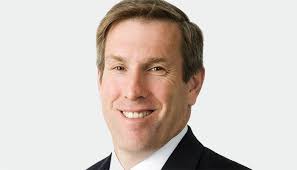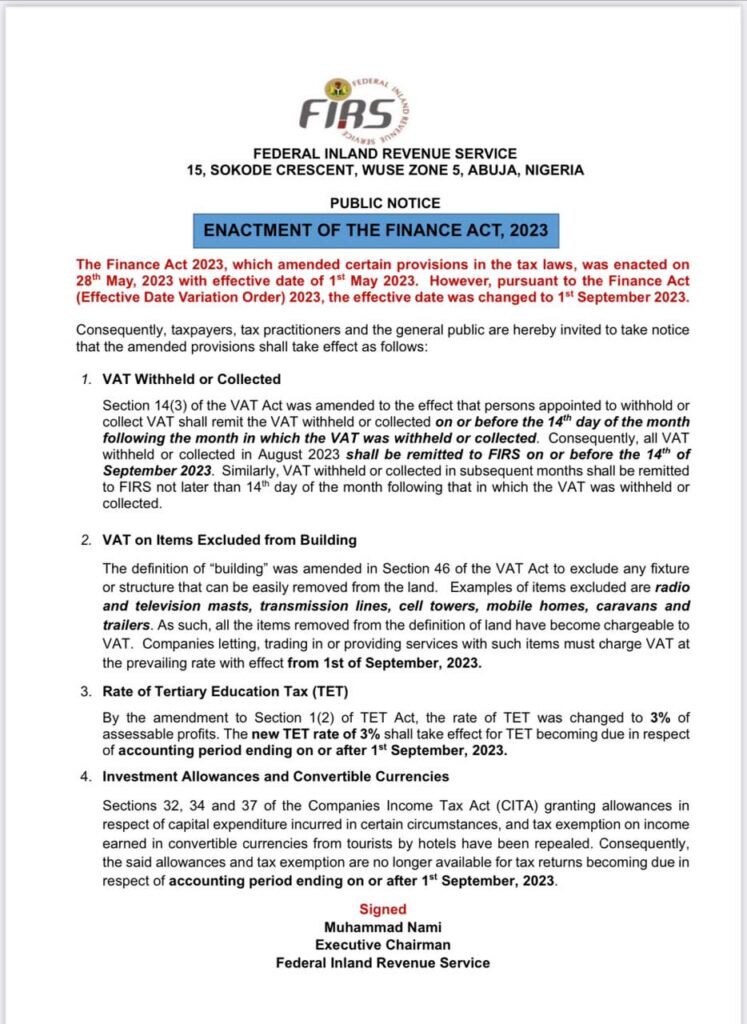Aon, one of the leading global insurance and reinsurance brokerage groups, has just released its latest capital poll which highlighted the capital challenges and growth prospects for risk underwriters.
The report of the Capital Poll indicated that the challenges faced in 2023 by insurers significantly reduced the financial buffers that many of them previously benefitted, leading to a heightened focus on capital management and diverse funding sources.
According to the reinsurance brokerage group, despite robust pricing levels in many primary insurance markets and significant unmet needs presenting a more positive outlook for the insurance sector, insurers still face considerable challenges.
The report further reflected that while the sector remained largely well-capitalised, the financial resilience was tested in 2023, eroding some of the built-up financial cushions.
Specifically, the Poll examined insurers’ risk appetites, their need for additional capital, and their attitudes towards current and future funding sources.
The results of the exercise showed that many insurers were under pressure from stakeholders, including rating agencies, to strengthen their capital bases, and that most insurers were now operating with higher retentions, leading to increased earnings volatility.
A news report from Reinsurance News, an online medium, on the Poll indicated that insurers had reported a heightened focus on capital management, with many exploring various capital sources to meet evolving demands and capitalise on emerging growth opportunities.
The results also revealed that nearly 70 percent of poll respondents reported increased retentions for their 2023 renewal programmes, leading to notable volatility in their results, exacerbated by above-average natural catastrophe losses, particularly severe convective storms, which Aon estimates caused $94 billion in global economic losses.
Recently, rating agencies have observed a significant disparity between the results of commercial and personal lines insurers. While the excess and surplus lines segment has boosted commercial lines performance, personal lines have struggled with rate adequacy due to regulatory challenges.
For instance, AM Best maintains a negative outlook on the US personal lines market, while S&P has an overall negative outlook on the entire US property and casualty sector. Fitch remains neutral on both segments but does not expect primary side profitability to return until 2025. Conversely, Moody’s moved to a stable outlook on personal lines in June, reflecting improved profitability from rate increases.
Throughout 2023, rating agencies exhibited a negative bias, with 12 percent of S&P ratings on a negative outlook compared to 6 percent positive, and AM Best recording double the number of downgrades compared to upgrades.
Aon’s Capital Poll also reflected this divergence, with nearly 40 percent of respondents feeling pressure to increase capital levels from various stakeholders.
Similarly, the report showed that while the industry remained adequately capitalised overall, regional insurers faced deteriorating capital metrics due to investment volatility and elevated insured losses from natural catastrophes.
The poll further indicated that 60 percent of respondents believe additional capital would significantly benefit their company in achieving growth targets. Despite profitability falling below the cost of capital for many primary insurers in 2023, disciplined underwriting is expected to persist, with companies seeking to leverage compounding rate increases.
Reinsurance emerged as the most common source of capital in the Capital Poll, with 60 percent of respondents citing it as their primary capital source, followed by equity at 41 percent. Given the higher retentions on the primary side in 2023, insurers are looking to fill these gaps when possible.
Additionally, alternative reinsurance capital surpassed USD 100 billion in 2023, as insurers increasingly engage with third-party investors for additional capacity.






